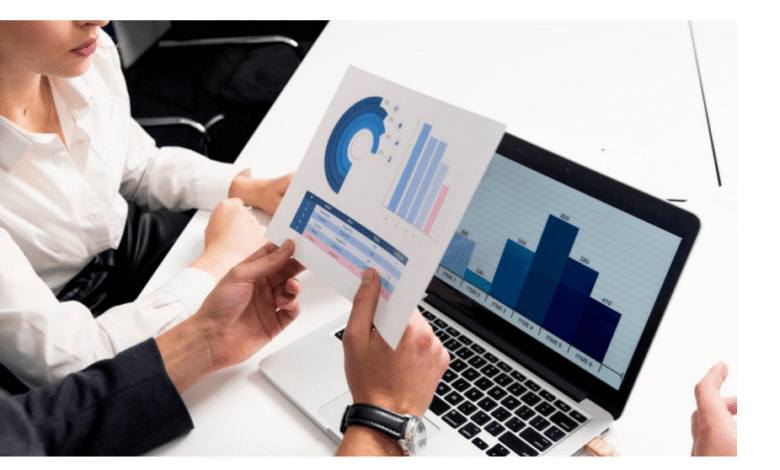Decoding the Economic Effects of Global Inflation in 2025

The world in 2025 feels different. Prices are going up, but the reasons feel tangled. Global inflation seems responsible for much of it. But what does this really mean for all of us? Let’s break it down.
The Resurgence of Inflation and Markets
Inflation isn’t just about prices. It affects how markets operate too. Take wheat futures, for example. Farmers, traders, and governments rely on these contracts to predict costs. But with rising inflation, even these predictions feel unstable. A country expecting consistent wheat exports might now face erratic prices. This instability spreads like ripples, from crops to grocery stores.
And it’s not just wheat. Most commodities are caught in this messy dance. From corn to crude oil, markets are forced to adapt. Some stabilize; others don’t. It leaves consumers and producers in a constant guessing game.
Your Wallet and Everyday Spending
The first place most of us feel inflation is in our wallets. Prices climb quickly, groceries, rent, and essentials are all getting more expensive. While some salaries increase, they rarely keep up, leaving many with less buying power.
For families, this means making some tough calls. Things like dining out, vacations, or splurging on new gadgets get harder to justify. Saving becomes a challenge, and every dollar has to go further. Many start looking for discounts, using coupon apps, shopping second-hand, or switching to generic brands to save money.
The middle class feels the squeeze the most, caught between rising expenses and stagnant wages. For many, budgeting isn’t optional, it’s essential. Inflation is not only changing how we spend but also how we prioritize, with more focus on essentials and long-term stability over short-term indulgences.
What’s Pushing Prices Up?
Global inflation doesn’t arise out of nowhere. It builds over time. War, climate change, and supply chain troubles set the stage. A pandemic might trigger it. Or maybe, a natural disaster disrupts farming and mining efforts.
The term “global inflation” fits because countries feel its effects simultaneously. Developed nations can’t isolate themselves. Emerging markets face even harsher impacts. When shipping costs rise, products everywhere get more expensive. Inflation becomes less about one country and more about worldwide systems struggling to adapt.
Small Businesses Hit Hard
Small businesses are the backbone of communities, offering personalized service, unique products, and a sense of connection that big corporations often lack. But 2025 hasn’t been easy for them. Rising costs and shrinking margins make it harder to keep prices low. Unlike large corporations that benefit from bulk buying, family-run shops don’t have the same advantage and are often just trying to stay afloat.
Most small businesses depend on local suppliers, which helps keep money in the community. But inflation has pushed up costs everywhere—from raw materials to transportation. These rising expenses are tough on small businesses, especially since they don’t have the financial safety net that larger retailers rely on to handle these kinds of challenges.
While large retailers can spread out costs or negotiate better deals, many local shops are forced to make tough choices. Raising prices risks losing customers, but absorbing the costs leads to financial strain. The result? Many small businesses face an uncertain future, with closures becoming more common in neighborhoods across the country.
Balancing the Economy and Politics
Politics shapes inflation and vice versa. Governments feel pressure to act. People demand solutions. Interest rates, subsidies, or price caps are often tools. But not all decisions work smoothly. Sometimes they backfire.
For example, policies designed to protect one industry might harm another. Political decisions also influence global trade. Tariffs, partnerships, or tensions between nations can dramatically shift markets. Leaders walk a fine line. Every action has consequences.
Meanwhile, public opinion plays a huge role. Politicians reacting too slowly can lose support. Those acting too quickly can destabilize things further. Managing inflation isn’t only an economic problem. It’s a political tightrope.
What Lies Ahead?
The unpredictability of global inflation brings uncertainty. People worry about savings, investments, and retirement. Housing markets may cool, but borrowing becomes pricier. Meanwhile, technology might offer some relief. Innovations could help cut production costs and boost efficiency.
For families and businesses, staying adaptable becomes key. Some may invest in inflation-resistant options like real estate or precious metals. Others choose to cut unnecessary spending. For governments, the challenge lies in fostering global cooperation while managing local needs.
Global inflation isn’t going away soon. The road ahead looks bumpy. But it’s not without opportunities for resilience. It all depends on how we prepare.





